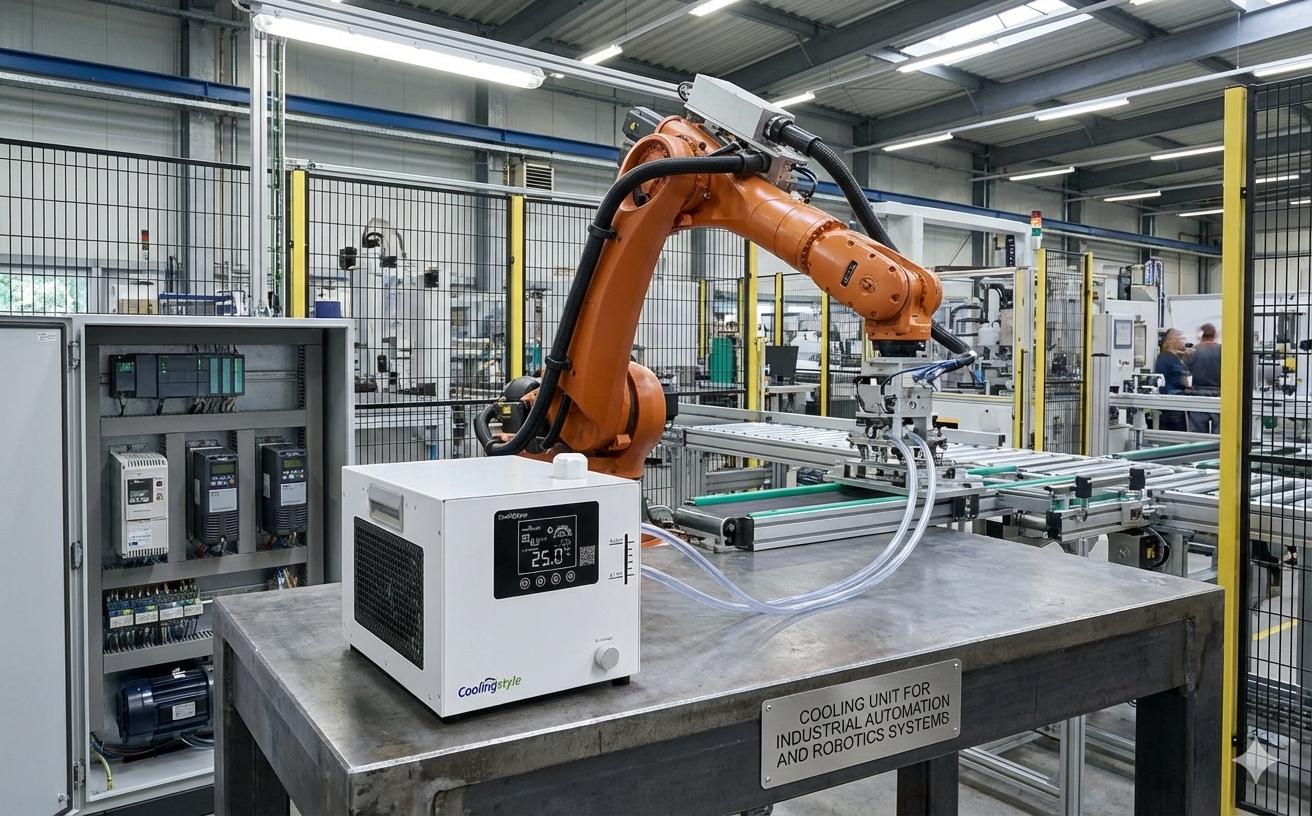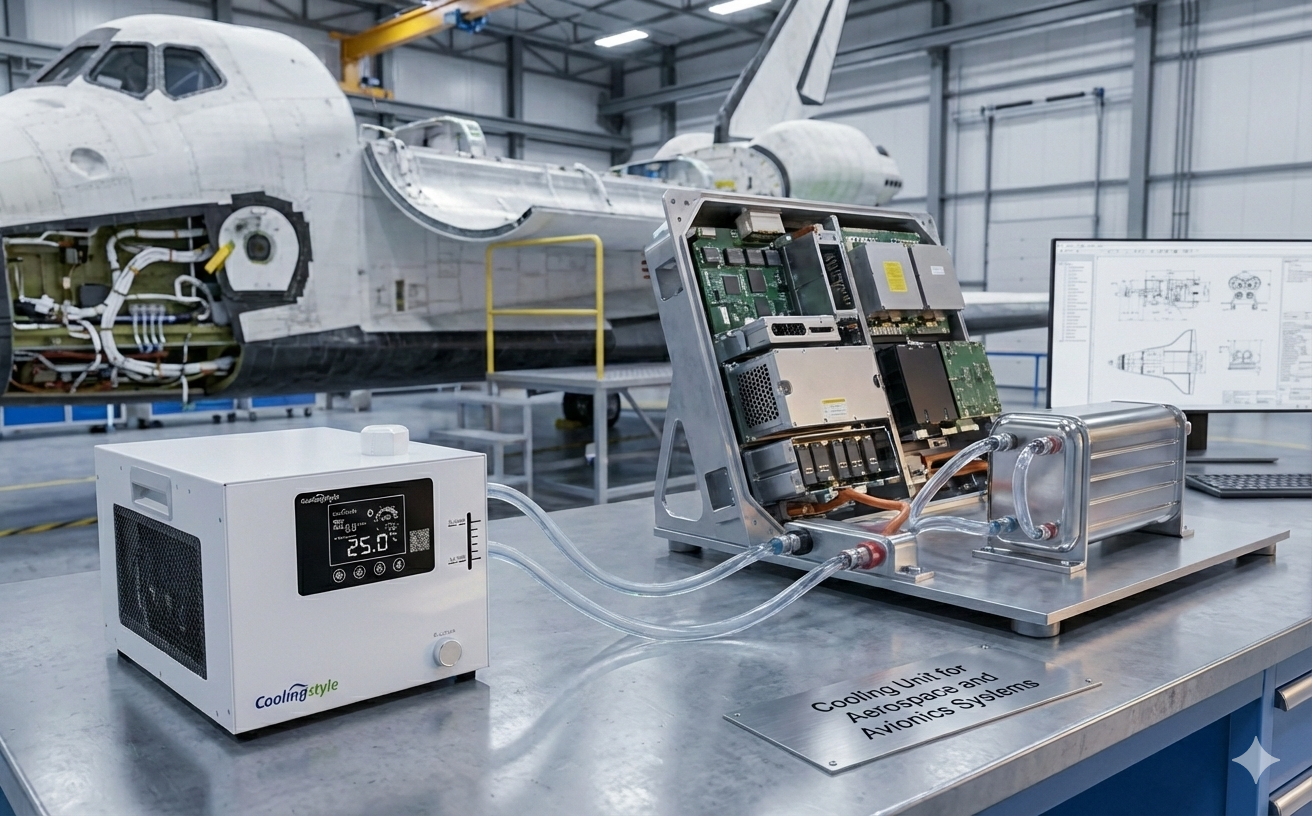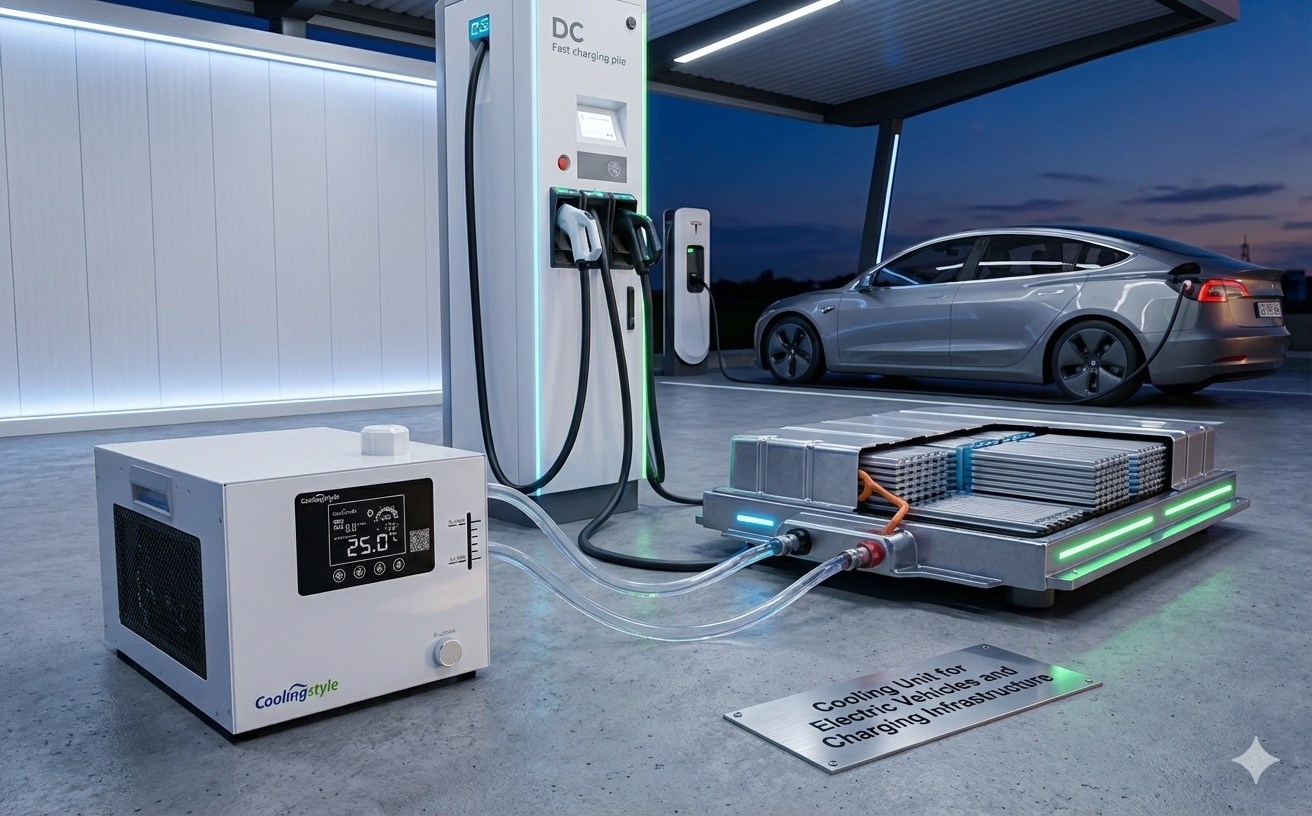In the current landscape of AI advancements, large-scale models are driving an unprecedented surge in global computing power demand. This has, in turn, led to a significant rise in electricity and power consumption worldwide. As AI computing power requirements grow, the power consumption of mainstream chips is increasing exponentially. For instance, the Thermal Design Power (TDP) of several Intel CPU chips now exceeds 350W, NVIDIA’s H100 series GPU chips reach 700W, and the upcoming B100 may approach around 1000W. At the NVIDIA GTC conference, CEO Jensen Huang unveiled the high-performance B200 GPU chips based on the Blackwell architecture and the super chip GB200. Given their high power consumption, these systems require liquid cooling radiators as standard. NVIDIA also introduced the DGX GB200 NVL72 supercomputer cabinet, which houses 18 GB200 node clusters, each equipped with 2 GB200 GPUs. Huang highlighted that this cabinet can train models with 27 trillion parameters, necessitating liquid cooling due to excessive power consumption.
Water cooling technology is increasingly utilized in the PC industry, particularly in high-end computers where it offers superior heat dissipation efficiency—up to 50%-60% better than traditional air cooling—and operates with lower noise levels . Liquid cooling can be categorized into contact and non-contact types. Contact liquid cooling, including immersed and spray liquid cooling, involves direct contact with the cooling liquid. Non-contact liquid cooling uses a cold plate to connect the cooling system to the terminal, facilitating heat exchange without direct liquid contact. This method is prevalent in PCs, where the cold head is fixed to the CPU’s surface, transferring heat away through water flow.
Currently, most PC liquid cooling systems employ passive cooling, which relies on heat dissipation via a fin condenser at the cold exhaust end. While effective, passive cooling has limitations, particularly during overclocking when CPU power and heat generation increase rapidly. Typically, passive liquid cooling can handle up to 300-400W, beyond which its efficiency diminishes .
To address these limitations, Coolingstyle has developed a compressor refrigeration system specifically for AI chips, offering cooling capacities ranging from 300W to 2000W. This system features silent noise reduction technology and a variable frequency compressor capable of low cooling capacity operation, suitable for various states and modes. It ensures CPUs or GPUs maintain optimal, stable working conditions over extended periods.
Examples of Coolingstyle Systems:
- Q520 Series:
- Basic Version: Cooling capacity of 500W.
- Advanced Version: Cooling capacity of 600W.
- Future models will exceed 1000W for simultaneous CPU and GPU overclocking or stable operation.

- 1600W Active Cooling System:
- Designed for high-end CPUs (e.g., i9-14900KS) and GPUs (e.g., RTX4090).
- Operates efficiently with noise levels under 55dB, suitable for civilian use.

Challenges and Future Directions
Despite its growth, the liquid cooling industry faces challenges. The technology has been in development for over a decade, but the ecosystem remains imperfect with low product standardization. The absence of a unified PC system interface specification leads to incompatibility issues among products from different manufacturers, impeding competition and industry development.
To foster high-quality development, it is crucial to establish and standardize liquid cooling technical standards and the industrial chain ecosystem. Coolingstyle is actively involved in drafting these specifications, leveraging its extensive experience and application cases to promote efficient and standardized industry advancement.
By addressing these challenges, the liquid cooling industry can achieve rapid, high-quality growth, meeting the increasing demands of modern AI computing power efficiently and sustainably.
Backup Links:






1 thought on “Boosting AI Efficiency: How Liquid Cooling is Powering the Future of Computing”
Thіs website ᴡas… how do you say it? Relevant!!
Finally I have found something which helρed me.
Appreciate it!